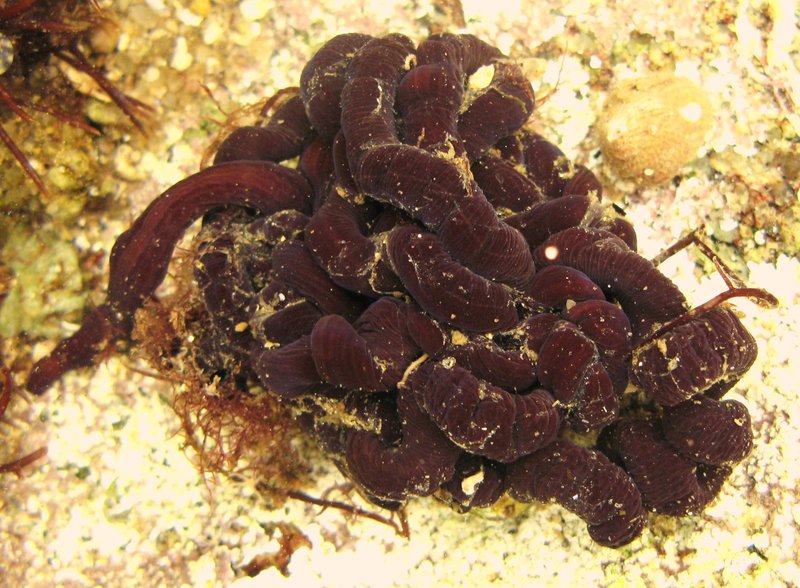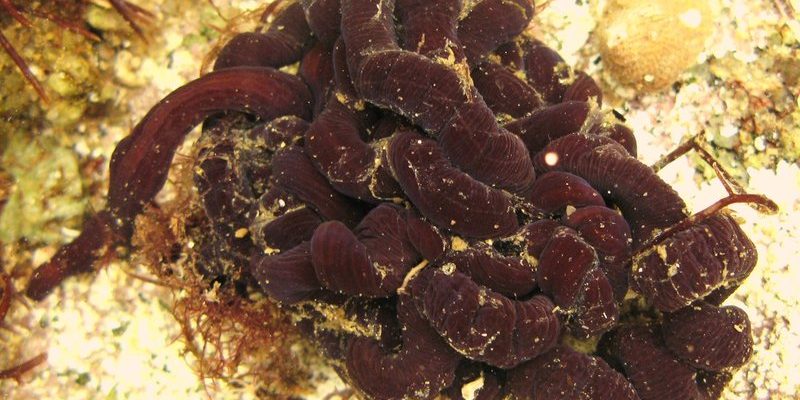
So, how can bootlace worms enhance our understanding of marine life? Well, they provide a unique perspective on how ecosystems function and interact. By studying them, scientists and educators can help us grasp the complexities of marine environments. In this article, we’ll dive into what bootlace worms are, their significance in marine education, and how they can inspire curiosity and learning about our oceans. So, grab a cup of coffee, and let’s explore!
What Are Bootlace Worms?
Bootlace worms, scientifically known as *Lineus longissimus*, are fascinating creatures that belong to the phylum *Nemertea*. They inhabit various marine environments, often found in sandy or muddy seafloors. What truly sets them apart is their astonishing length—some can be longer than a blue whale! Despite their size, they’re quite delicate and have a unique, elastic body that allows them to stretch and contract, just like a rubber band.
You might be wondering what they eat. Bootlace worms are predators and primarily feed on small invertebrates, such as crustaceans. They use their **proboscis**, a long, tube-like structure, to snatch up their prey. Think of it like a super-flexible fishing rod that can shoot out and reel in dinner. Their role as predators is key in maintaining the balance of their ecosystems.
Another interesting aspect is their **reproductive cycle**. Bootlace worms can reproduce both sexually and asexually. When they reproduce asexually, they can split in two, forming two new worms. It’s a bit like cutting a piece of your favorite pizza and ending up with two slices instead of one. This unique ability helps increase their population rapidly, which is vital for sustaining marine biodiversity.
The Role of Bootlace Worms in Marine Ecosystems
Bootlace worms may seem simple, but they play a significant role in marine ecosystems. They act as both predators and prey, contributing to the overall health of their environment. By consuming smaller invertebrates, they help regulate those populations, ensuring that no single species dominates. This predator-prey dynamic is essential for maintaining balance in marine ecosystems.
Moreover, bootlace worms contribute to **nutrient cycling** in marine environments. When they feed and release waste, they return nutrients to the sediment, making them available for other organisms. This process supports the growth of various marine plants and contributes to the health of the entire ecosystem.
Here’s the thing: bootlace worms are often overlooked, but they remind us how interconnected marine life truly is. By studying these remarkable worms, we gain valuable insights into the broader ecosystem dynamics that keep our oceans thriving. This interconnectedness highlights the importance of protecting marine habitats, as a loss of even the smallest organisms can have ripple effects throughout the ecosystem.
Bootlace Worms in Marine Education
In a world where marine education is becoming increasingly important, bootlace worms offer a unique opportunity to engage students and the public. They can be used as a teaching tool to illustrate key ecological concepts, like food webs and biodiversity. By studying these worms, students can directly observe the interactions between different marine species.
Educational programs often use hands-on activities involving bootlace worms to spark interest and curiosity. For instance, students can engage in field studies where they go out to tidal pools or sandy beaches to discover these worms in their natural habitat. It’s a fantastic way to encourage exploration and connection with the marine environment.
Additionally, using bootlace worms as a case study can help highlight the threats facing marine ecosystems, such as pollution and habitat destruction. By understanding the role of these creatures in their environment, students can learn about conservation efforts and the importance of preserving marine habitats. This knowledge can inspire the next generation of marine scientists and environmental advocates.
Interpretation and Communication in Marine Education
Effective communication in marine education is crucial. It’s not just about sharing facts but also about engaging people in a way that resonates with them. When it comes to bootlace worms, educators can use storytelling to bring their fascinating traits to life. Sharing anecdotes about how these worms can stretch like a giant piece of spaghetti can capture the imagination and make learning fun.
Visual aids, like videos or interactive exhibits, can also enhance the learning experience. For example, showcasing bootlace worms in action—feeding or moving through their environment—can help learners visualize their behaviors and roles in the ecosystem. Hands-on activities where participants can observe real bootlace worms, either in tanks or during beach clean-ups, can create a more profound connection to these creatures.
Here’s a tip for educators: encourage questions and curiosity. When students ask “Why?” or “How?” about bootlace worms, it opens the door for deeper exploration. Creating a safe space for inquiry fosters a love for learning and helps students develop critical thinking skills that extend far beyond the classroom.
Challenges in Studying Bootlace Worms
While bootlace worms are fascinating, studying them comes with its own set of challenges. For one, their habitats can be difficult to access. Many live in remote, less-explored areas of the ocean floor, making them hard to find. This limits the amount of direct observation and research that can be done, which is frustrating for marine biologists.
Another challenge is understanding their life cycle and behavior. Bootlace worms can be quite elusive. They often hide in sediment, making it tricky to observe their natural behaviors. Researchers have to rely on innovative technology and methods to study these creatures in their habitats, which can be resource-intensive and costly.
Lastly, there’s the challenge of conservation. As we learn more about bootlace worms and their habitats, we also need to consider the impact of human activity on their populations. Coastal development, pollution, and climate change all threaten their ecosystems. Raising awareness about these challenges is vital for their survival and for the health of our oceans.
The Future of Bootlace Worms in Marine Studies
Looking ahead, the future of bootlace worms in marine studies looks promising. As technology advances, researchers will have better tools to study these elusive creatures. For instance, underwater drones and remote sensing can help scientists explore hard-to-reach areas and gather valuable data about bootlace worm habitats.
Moreover, increasing interest in marine conservation means that more people are becoming invested in understanding ocean ecosystems. This can drive funding and resources toward research initiatives focused on bootlace worms and other overlooked species. By continuing to study these creatures, we can enhance our understanding of marine biodiversity and its importance.
Educators can play a significant role in this future. By incorporating bootlace worms into curricula and outreach programs, they can raise awareness about the importance of marine life and inspire future conservationists. As more people learn about these fascinating animals, we can foster a greater appreciation for the ocean and all its inhabitants.
In conclusion, bootlace worms are more than just long, slippery creatures in our oceans; they’re key players in marine ecosystems and valuable tools for education. Exploring their role can spark curiosity and inspire us to protect the ocean environment. Understanding these fascinating organisms helps underscore the importance of preserving the delicate balance of marine life, ensuring that future generations can marvel at the wonders of the sea.

